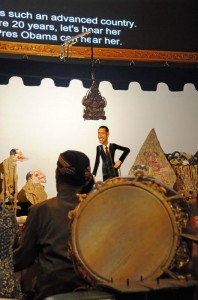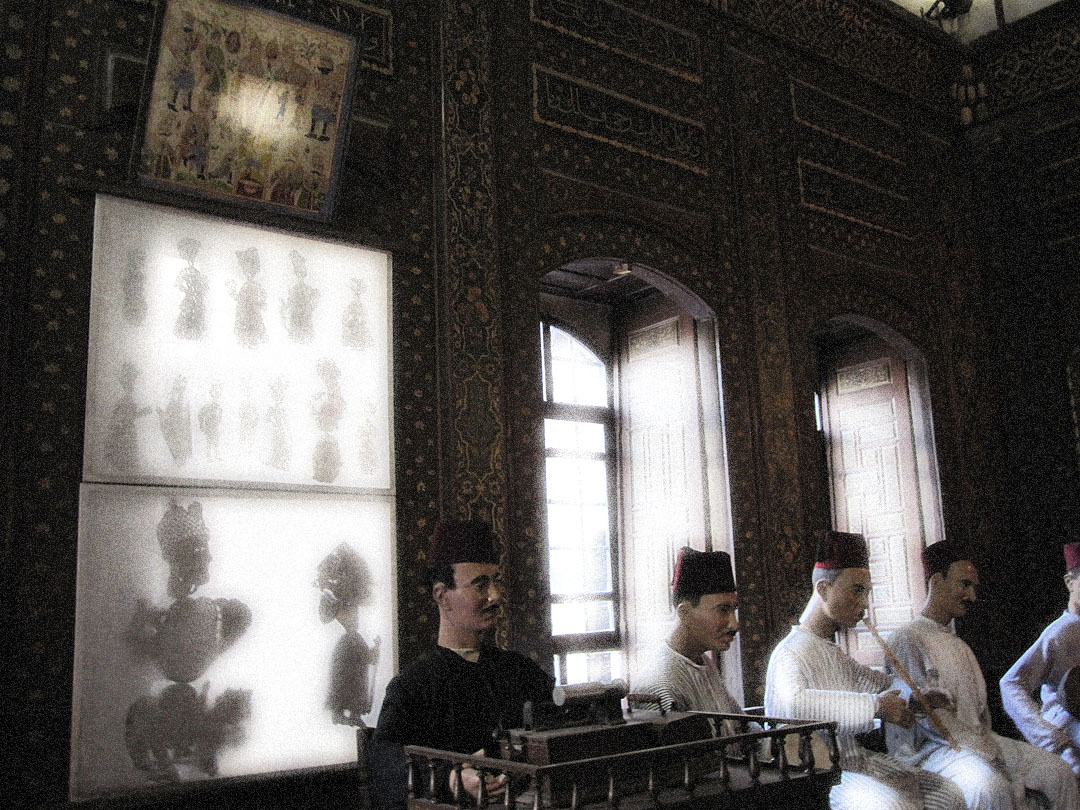 I’m crazy for puppets–and I have John Emigh (my theatre mentor at Brown) to thank for that. He’s the one who first introduced me to puppets from all over the world–from places like Indonesia, Japan, the Czech Republic, and Turkey. Studying “non-western” performance around the globe opened my eyes to the theatrical styles, cultural expressions, religious rituals, and political dramas of places as diverse as Brazil, India, New Guinea, Korea, Mali, Burkino Faso–and beyond. My passion for “non-western” performance was in large part what got my feet on the road–and I’ve been traveling ever since.
I’m crazy for puppets–and I have John Emigh (my theatre mentor at Brown) to thank for that. He’s the one who first introduced me to puppets from all over the world–from places like Indonesia, Japan, the Czech Republic, and Turkey. Studying “non-western” performance around the globe opened my eyes to the theatrical styles, cultural expressions, religious rituals, and political dramas of places as diverse as Brazil, India, New Guinea, Korea, Mali, Burkino Faso–and beyond. My passion for “non-western” performance was in large part what got my feet on the road–and I’ve been traveling ever since.
It wasn’t too long before I found a way to perform with puppets myself–by playing Javanese gamelan music for shadow puppet (wayang) performances with some of Indonesia’s top puppeteers (dhalangs). Last year, in our performance at Asia Society, the puppeteer even incorporated an Obama puppet into the show (which you can see left and below).
I really can’t get enough of puppets. So you can imagine my delight when I walked into the Azm Palace in Damascus–mentioned in my piece “Sharing the Sufis of Syria”–and saw not only statues of whirling dervishes and reed flute musicians–but also raw hide shadow puppets too. To see these shadow puppets on display in Damascus was a wonderful reminder of this region’s long and complicated puppet history. Shadow puppet performances were especially popular in the Middle East in Ottoman times–in places like Turkey, Egypt, and Syria. Today, it’s still possible to watch a master shadow puppeteer at work, and Syrian shadow puppets are even being used in Lebanon to help Syrian refugee children adjust to their new schools.
From the Muppets to shadow puppets–from Syria to Indonesia and beyond–puppets rule. Long live the puppets!

